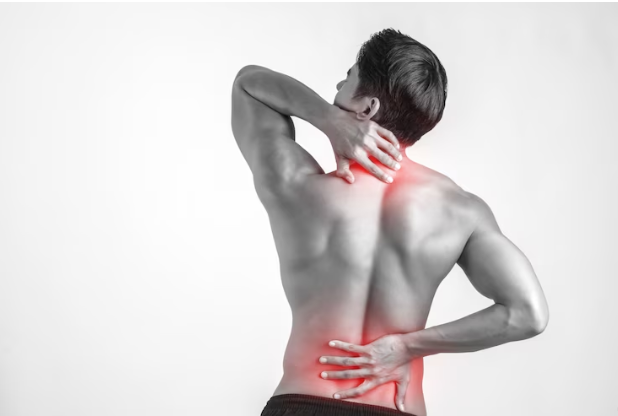Pain is a universal human experience, signaling that something is amiss in the body. While acute pain serves as a vital warning system, chronic pain can significantly diminish quality of life, impacting physical function, emotional well-being, and daily activities.
The pursuit of effective pain relief is therefore a primary concern for millions. Fortunately, modern medicine offers a diverse spectrum of treatments, ranging from simple over-the-counter remedies to advanced interventional procedures.
Understanding these options is crucial for individuals seeking to manage their pain effectively and reclaim their comfort.
1. Over-the-Counter (OTC) Medications
For mild to moderate pain, OTC medications are often the first line of defense. These include non-steroidal anti-inflammatory drugs (NSAIDs) like ibuprofen and naproxen, which reduce inflammation and pain, and acetaminophen, which primarily works to block pain signals.
These medications are widely accessible and effective for headaches, muscle aches, sprains, and minor injuries. While generally safe, it’s crucial to follow dosage instructions carefully to avoid potential side effects and ensure effective pain relief.
2. Prescription Medications
When OTC options aren’t sufficient, a healthcare provider may prescribe stronger medications. These can include higher-dose NSAIDs, muscle relaxants for spasms, certain antidepressants or anti-seizure medications that have pain-relieving properties (especially for neuropathic pain), and in some cases, opioids for severe, acute pain.
The use of prescription medications, particularly opioids, requires careful monitoring due to potential side effects and risks of dependence, emphasizing the need for a physician’s guidance for safe and effective pain relief.
3. Physical Therapy and Rehabilitation
For pain stemming from musculoskeletal issues, injuries, or post-surgical recovery, physical therapy and rehabilitation are indispensable.
A physical therapist designs a personalized program of exercises, stretches, and manual therapy techniques to improve strength, flexibility, range of motion, and posture.
This approach not only provides pain relief by addressing the root cause of the discomfort but also educates patients on self-management strategies to prevent recurrence and promote long-term recovery.
4. Complementary and Alternative Therapies
Many individuals find significant pain relief through complementary and alternative medicine (CAM) approaches, often used in conjunction with conventional treatments.
These can include acupuncture, which involves inserting thin needles into specific points on the body to stimulate natural pain-relieving chemicals; chiropractic adjustments for spinal alignment issues; massage therapy for muscle tension; and mindfulness-based practices like meditation and yoga, which help manage pain perception and reduce stress. These therapies can offer non-pharmacological avenues for managing chronic pain.
5. Interventional Pain Management
For more persistent or severe pain, interventional pain management techniques offer targeted relief. These procedures are typically performed by pain specialists and involve directly addressing the source of pain.
Examples include nerve blocks, where medication is injected around nerves to block pain signals; epidural steroid injections for spinal pain; radiofrequency ablation, which uses heat to disrupt nerve signals; and spinal cord stimulation, involving implanted devices to modify pain signals. These advanced options are considered when other treatments have not provided sufficient relief.
6. Psychological and Lifestyle Approaches
Pain is not just physical; it has a significant psychological component. Cognitive Behavioral Therapy (CBT) helps individuals change negative thought patterns about pain, improving coping mechanisms and reducing its impact on daily life. Stress reduction techniques, adequate sleep, and a balanced diet also play crucial roles.
Addressing the emotional and lifestyle factors contributing to pain can significantly enhance overall well-being and provide more holistic pain relief, recognizing the intricate connection between mind and body in the pain experience.

